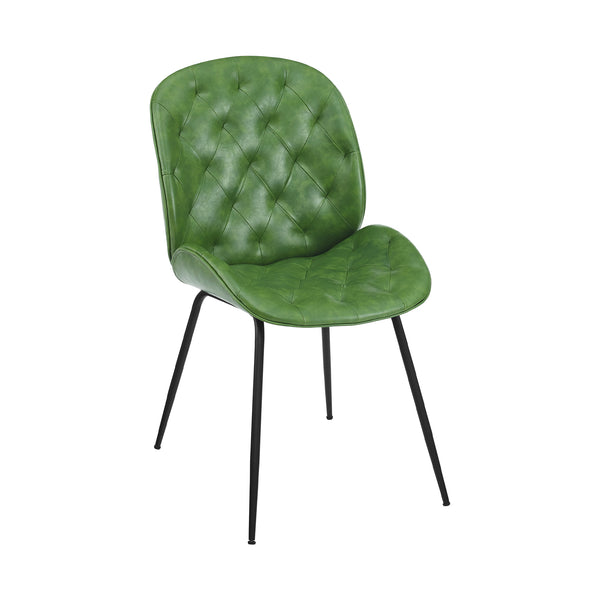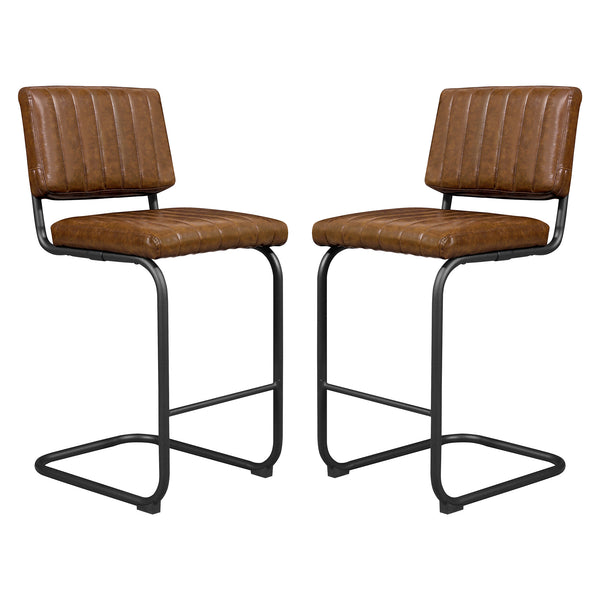
|
Contents[hide]
|
The mid-century modern style, arising from the 1940s to the 1960s, reflects a period of exploration, innovation, and evolution in design, prominently featuring functionality and form. Here are the key elements that typically characterize this enduring style:
What are the Key Elements of Mid-Century Modern Style?
-
Clean Lines & Organic Forms:
Simplicity is key, with sleek, clean lines and uncluttered surfaces defining most pieces.
Organic and geometric shapes, often inspired by nature, are prominent.
-
Functionality:
Practicality and usability are central, with every item serving a clear purpose.
Designs often have multiple uses or can be easily adjusted to serve different functions.
-
Minimal Ornaments:
Decorations are subtle and minimal, focusing on the natural beauty of the materials and forms.
A lack of fussiness and excess ornamentation distinguishes this style from others.
-
High-Quality Materials:
A mix of traditional and non-traditional materials such as wood, glass, metal, and plastic are used.
Wood, especially teak and oak, is prominently featured in furniture.
-
Contrasting Materials & Textures:
Mixing materials and textures, like wood with metal or glass, is common.
The juxtaposition of different materials adds visual interest and depth to the design.
-
Wide Range of Colors:
A diverse palette combines muted tones like taupe and gray with vibrant hues like orange, green, and teal.
Neutral colors often serve as the backdrop, allowing more vibrant colors to pop.
-
Graphic & Textile Patterns:
Patterns, especially those inspired by the atomic age and space race, are notable.
Textiles often feature abstract designs, folk art influences, or botanical patterns.
-
Indoor-Outdoor Flow:
The integration of indoor and outdoor living spaces is a key feature, often achieved through large windows and sliding doors.
Nature is embraced and considered a vital part of living space design.
-
Open Floor Plans:
Open and airy spaces, often with flowing layouts and lots of natural light, characterize mid-century modern homes.
Different areas, like dining and living spaces, often blend seamlessly, without the need for walls or separations.
By integrating these elements, mid-century modern design creates spaces that are timeless, elegant, and inherently connected to the world around them, making this style as relevant today as it was in the mid-20th century.
Throwback Trend Thursday: Embracing the Timeless Charm of Mid-Century Modern
Welcome to another edition of Throwback Trend Thursday, where we take a nostalgic journey through time, exploring trends of the past and how they are making a modern comeback! Today, we are shining a spotlight on the timeless appeal of mid-century modern design, a style distinguished by its seamless integration of form and function.
Evolution of a Style:
Mid-century modern originated in the mid-20th century, focusing on simplicity, clean lines, and organic forms. It emerged from the desire to break away from traditional, elaborate designs in favor of functionality and minimalism. This design philosophy has endured, influencing contemporary aesthetics and emphasizing living spaces that are elegant, yet accessible and inviting.
Incorporating Mid-Century Modern Today:
Furniture:
Incorporate oak dining chairs with sleek, clean lines to bring warmth and sophistication to your dining area. Their versatile design pairs well with various décor styles, offering a touch of nostalgia with a modern edge.
We recommend:
- Luxury Bar Stools:
Opt for luxury bar stools with backrests that reflect the unpretentious, geometric forms typical of mid-century modern design, adding a dash of elegance and comfort to your kitchen or bar area.
- Color Palette:
Embrace a mix of neutral tones, vibrant colors, and earthy hues. Combine these with natural materials to create a balanced and harmonious space that pays homage to mid-century aesthetics.
- Accessories and Décor:
Decorate with classic mid-century modern accessories like sunburst clocks, starburst mirrors, and abstract art, complementing the furniture and adding a cohesive feel to your space.
Lighting:
Choose iconic lighting fixtures, such as sputnik chandeliers or arco floor lamps, that embody the innovative and adventurous spirit of mid-century modern design.
-
Creating a Seamless Blend:
Mixing and matching different styles can result in a space that feels eclectic yet harmonious. Combining mid-century modern pieces with contemporary or industrial elements can provide a refreshing juxtaposition, making the space feel layered and dynamic.
Why It’s Still Relevant:
Mid-century modern continues to captivate because of its enduring emphasis on functional, uncluttered living spaces marked by aesthetic versatility. Its focus on individual expression and timeless elegance makes it a perennial favorite among designers and homeowners looking to create spaces that resonate with character and sophistication.
Conclusion:
Mid-century modern is not just a throwback trend; it's a design philosophy that has withstood the test of time. Its emphasis on functionality, simplicity, and organic forms has a universal appeal, allowing it to integrate seamlessly with various design approaches, ensuring its relevance and popularity in today’s design landscape.
So, on this Throwback Trend Thursday, let’s embrace the enduring charm of mid-century modern design, and infuse our living spaces with its timeless elegance and versatile style!



